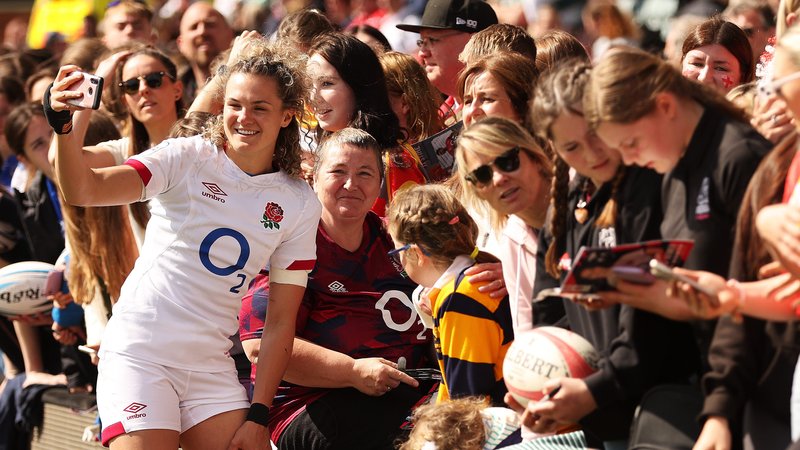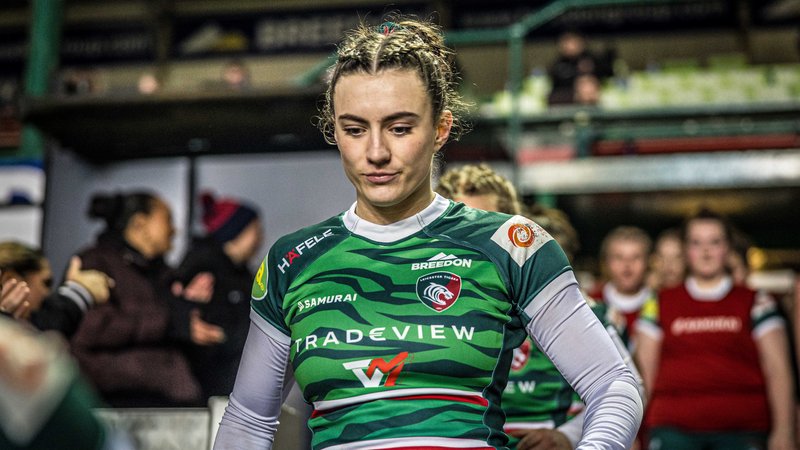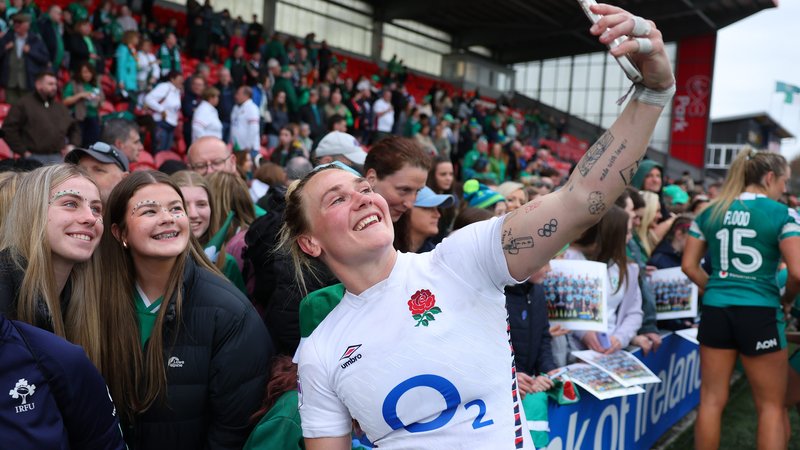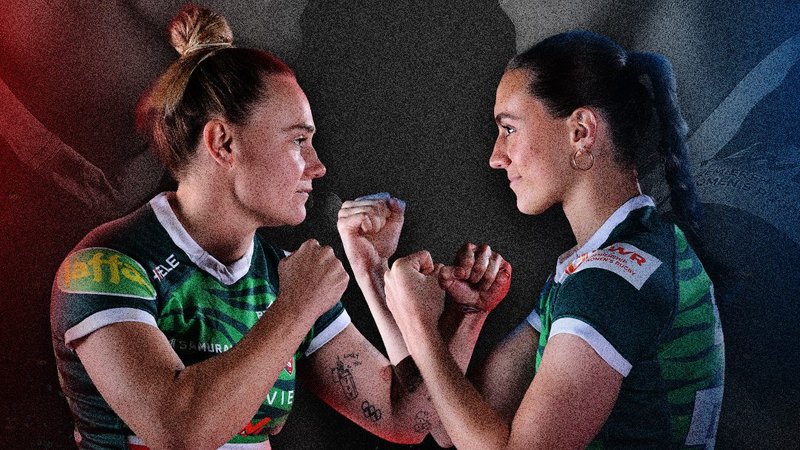Today's ABC to Z of Leicester Tigers reaches the letter 'W' and greats including Wheeler and Woodward as well as Welford Road of course.W is for weather
Rugby is known as a game for all shapes and sizes, and also a game for all weathers, with a long season taking in the tail-end of summer, through autumn into winter before a run-in during the spring. Add the fixtures played abroad and international summer tours, and top players are used to varying weather and pitch conditions.
Muddy imagery is part and parcel of the history of the game, with the players – especially forwards – wearing equal amounts of mud on kit made unrecognisable within minutes of the opening action. Supporters will remember the days spent drying clothes after a big afternoon at Welford Road – especially on uncovered sections of seats and terrace.
Hard grounds, frost and snow can be the fear of any player – just ask the Toulouse side who arrived in Tigers’ first European Cup semi-final in 1996/97. Tigers, though, have been fortunate in confrontations with the weather over the years, using straw and hot-air blowers in the build-up to many Christmas fixtures against the Barbarians and the modern pitch protection system used by Premiership Rugby.
The snow that greeted the European fixture against Toulouse in 2013 is among the more recent ‘extreme days’ at Welford Road, with groundstaff clearing the pitch markings throughout the afternoon as Tigers dug out a vital victory.
Two seasons ago, Tigers’ LV= Cup match at Harlequins was abandoned in the last quarter during a freak storm which relented almost as soon as the decision had been taken to call the game to a halt on safety grounds.
There are, of course, some sunshine moments too, thankfully greeting a shirt-sleeve crowd for Tigers In The Park events at the opening home fixture of the season. Click here for the Gallery link from 2014 - and join us on September 19 for this year's event!
W is for Welford Road
The home of the Leicester Tigers since 1892. Everyone has their favourite vantage point, favourite view and favourite memories, perhaps a favourite meeting place or bar, a favourite ‘lucky’ turnstile, and a matchday routine for every visit. An iconic home of the game for a century, Welford Road has welcomed the greatest names in the game, in the colours of the Tigers, the star-studded Barbarians, international visitors and, of course, teams from the UK and further afield. Nothing beats a Welford Road welcome!
W is for Peter Wheeler
A legend of the front row, hooker Peter Wheeler knocked on Tigers’ door to get a game when he arrived in Leicester in 1969 and became a stand-out player and leader.
As tough as they come, but with ball skills to go with the grit, Wheeler made 349 appearances, scoring 66 tries. For good measure, he also kicked 61 conversions and 69 penalties as a true all-rounder.
His accomplishments as a player were enormous but, like Martin Johnson a generation or two later, he hit even higher levels as a captain. He led Leicester to three successive Cup Final triumphs and Midlands Counties in famous fixtures against Australia and New Zealand. England captain in 1983/84, he enjoyed another win over the All Blacks, a first at home in almost half a century.
After playing in seven Tests on Lions tours of 1977 and 1980, he was a leading candidate to lead the squad to New Zealand in 1983, but was overlooked in a move still regarded as a huge error by selectors.
At the end of his playing career, Wheeler coached Tigers to a first league title in 1987/88, then became committee member, president, chief executive and director, stretching his club service to 45 years, as well as playing a prominent part in the growth of the domestic and European game as an administrator at the top level.
W is for Graham Willars
Leicester born and bred, former Moat Old Boys back-row Graham Willars made his Tigers debut in October 1959 as a 19-year-old. Remarkably, his 334th and final appearance was not until April 1987, five months after his 47th birthday. His is the longest first-team career in the club’s history.
Club captain in 1968/69 and 1972/73, Willars made at least one first-team appearance in a record 20 seasons, including a handful as an emergency replacement well into his retirement. He followed Chalkie White as coach from 1982 and led the run to the 1983 Cup Final, also becoming an RFU staff coach. He served as club president and played a prominent role in the Past Players Association before his death in 1997, aged just 57, and was voted into the Walk Of Fame by Leicester Mercury readers at the opening of the new stand in 2009.
W is for Pedlar Wood
Formally George, but known as ‘Pedlar’, the Leicester-born scrum-half topped a century of tries in 388 appearances for the club, despite losing peak years of his career to the First World War. He had played 263 games for the club before gaining an England cap against Wales in the 1914 Grand Slam season and was described as “the marvel of modern rugby” according to one source in the new Leicester Tigers History Book.
W is for Clive Woodward
A quick and elusive Leicester Tigers centre 1979-85, Clive Woodward became one of the game’s most creative coaches, gaining a knighthood after leading England’s World Cup winners in 2003.
After joining Leicester from Loughborough Colleges, Woodward scored 43 tries in 148 appearances, forming an impressive and complimentary centre partnership with Paul Dodge. He played in three John Player Cup finals and began a 21-cap England career during the 1980 Grand Slam season. He also played two Tests for the Lions in South Africa that year.
Successful in business after a move to Australia, Woodward then coached with Henley, London Irish and Bath before becoming the England team’s first full-time coach in 1997.
After the success of 2003, he led the Lions to New Zealand in 2005, then moved into football at Southampton before joining the British Olympic Association as director of elite performance.
W is for World Cup
Seven Tigers players shared in England’s Rugby World Cup victory in 2003. Led by captain Martin Johnson, the squad was coached by former Leicester centre Clive Woodward and included Neil Back, Martin Corry, Ben Kay, Lewis Moody, Dorian West and Julian White. The group paraded the trophy back on home soil soon afterwards as the profile of the domestic game changed forever. Eddie Jones, the Australia coach in that final, is a former Tigers player too.
Dean Richards and Rory Underwood were the club’s first World Cup stars, playing in 1987 and 1991, while Tigers had a club record 12 players at both the 2007 tournament (when England again reached the final) and 2011.
World Cup winners Joel Stransky and Brad Thorn are among the club’s big-name signings in the professional era, while Owen Finegan, a try-scorer for Australia in their Final win of 1999, played one game for Leicester in 2007/08. Bob Dwyer, Australia’s winning coach in 1991, also subsequently moved to Welford Road.
Welford Road has staged matches in two World Cup tournaments, when the All Blacks beat Italy 31-21 in 1991 and against in 1999 when Italy were beaten by Tonga. The club has organised a number of events for supporters as part o the Tigers World Cup this year. Click here for more details.
News
Tigers ABC to Z: W is for Welford Road
28 July 2015 11:11 AM
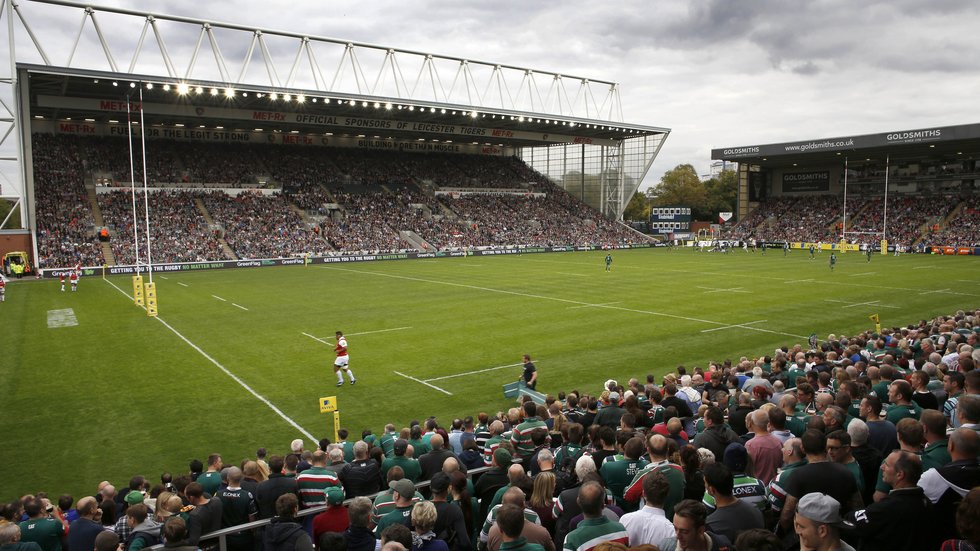
Share this article
Articles
Tigers ABC to Z: W is for Welford Road
28 July 2015 10:11 AM
Game Plan | Test rugby in Tigers Town
14 April 2025 11:00 AM
McGhie and Bartlett set for Scotland trip to Leicester
17 April 2025 12:00 PM
Jones to start for Roses at Tigers HQ
16 April 2025 2:00 PM
Team News | Tigers side for Sunday in Bristol
18 April 2025 11:00 AM
Preview | Back in action away to Bears
17 April 2025 2:00 PM
Press Notes: Michael Cheika
16 April 2025 2:00 PM
Ticket Office & Club Shop opening times over Easter
17 April 2025 10:30 AM
Seasonal Hospitality for 25/26 available now
1 April 2025 9:00 AM
Enter your best designs ahead of JTC Takeover Day
30 March 2025 11:45 AM



